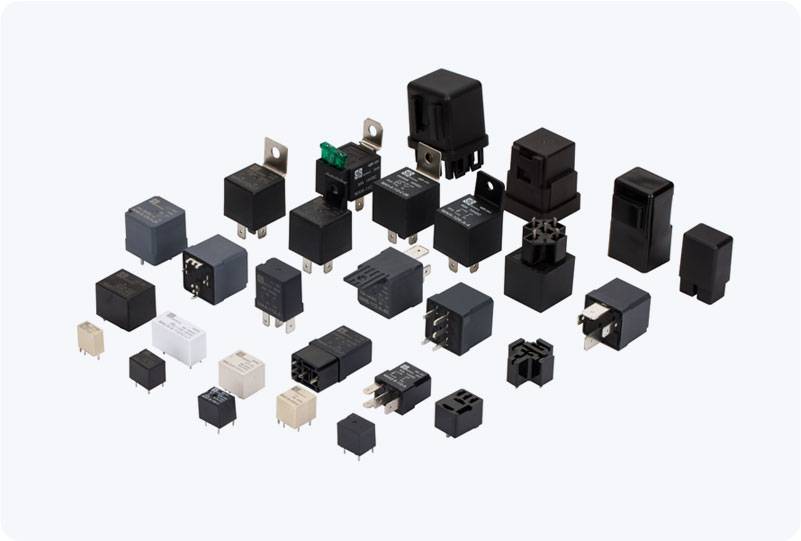When it comes to ensuring the smooth operation of a car’s electrical system, two components often come up for discussion: the relay and the fuse. Though both are crucial for protecting the car’s electrical system and ensuring proper functionality, they serve different roles. Understanding their distinct functions can help car owners diagnose problems more effectively and maintain their vehicles.

What is a Relay? A relay is an electrical switch that allows a low-current circuit to control a high-current circuit. Essentially, it acts as an intermediary that helps control large amounts of power with a smaller, safer current. In cars, relays are often used to manage high-power components such as the starter motor, air conditioning system, fuel pumps, and headlights. The relay operates on an electromagnet. When a low voltage is applied to the coil of the relay, it creates a magnetic field that moves the internal switch, allowing current to flow through a high-power circuit. Relays are used in situations where a device needs to be activated remotely or when the control circuit needs to be isolated from the high-power circuit for safety and efficiency.
Leave a Reply